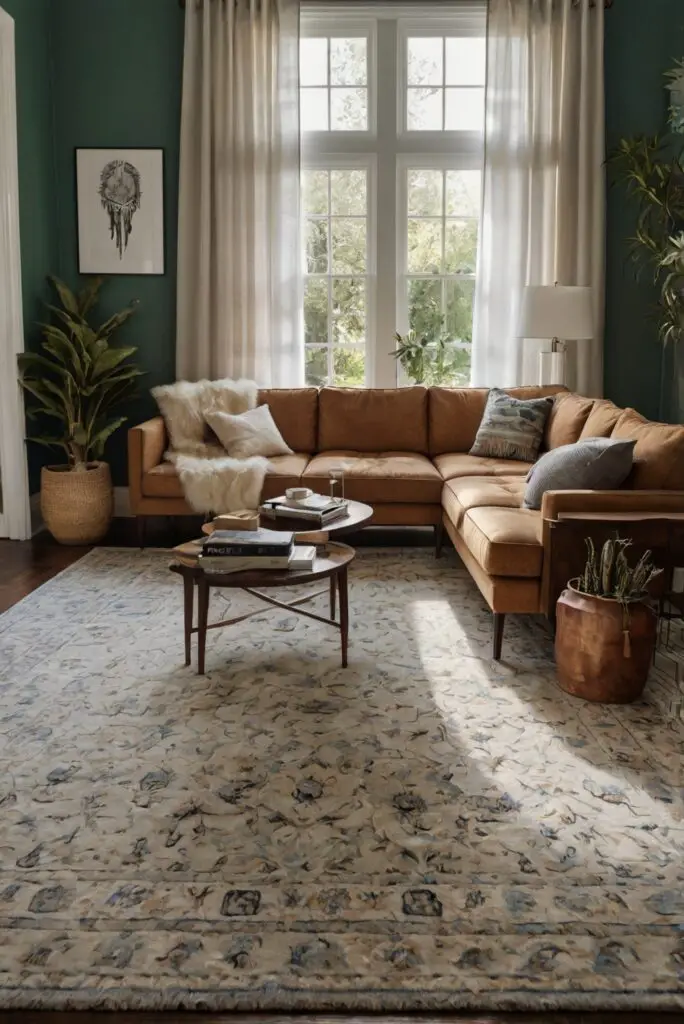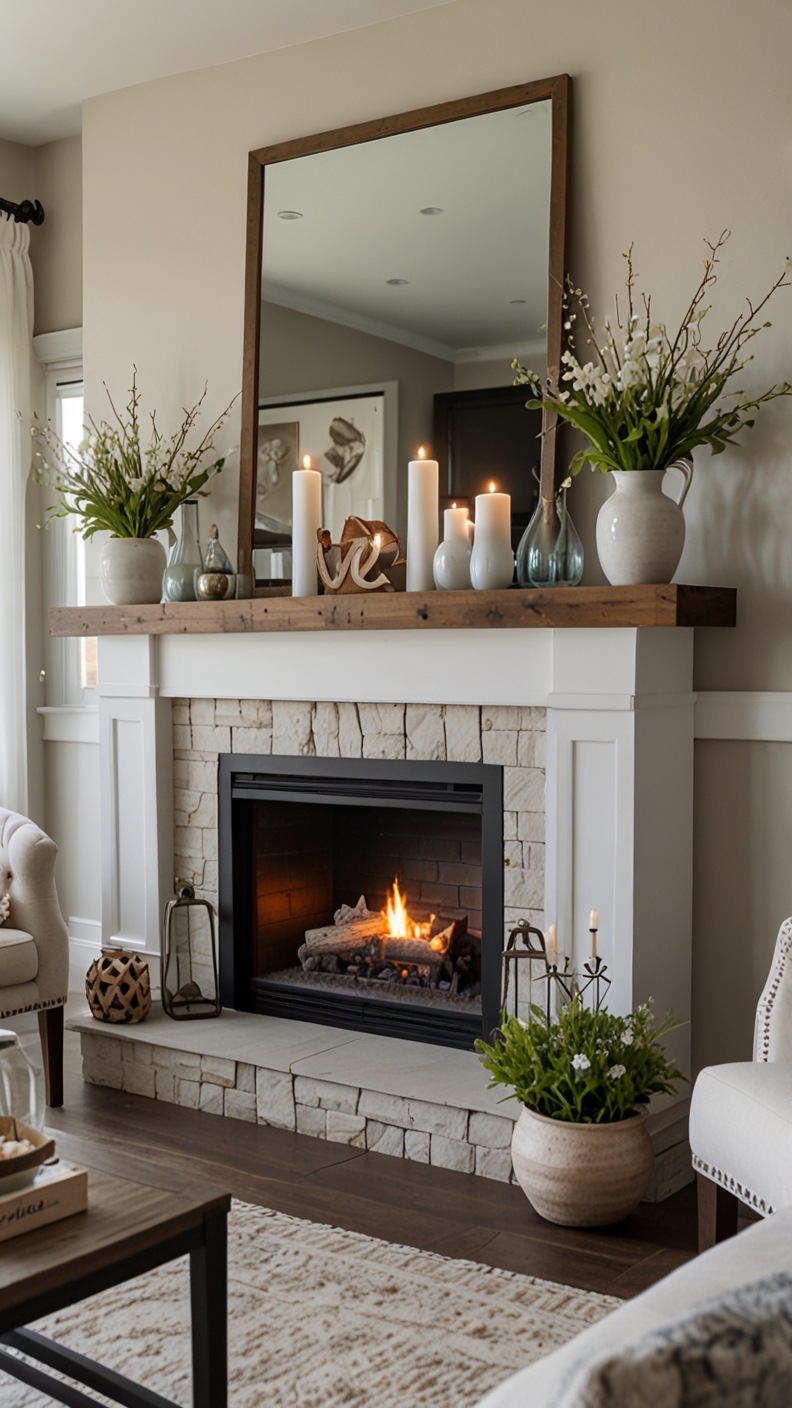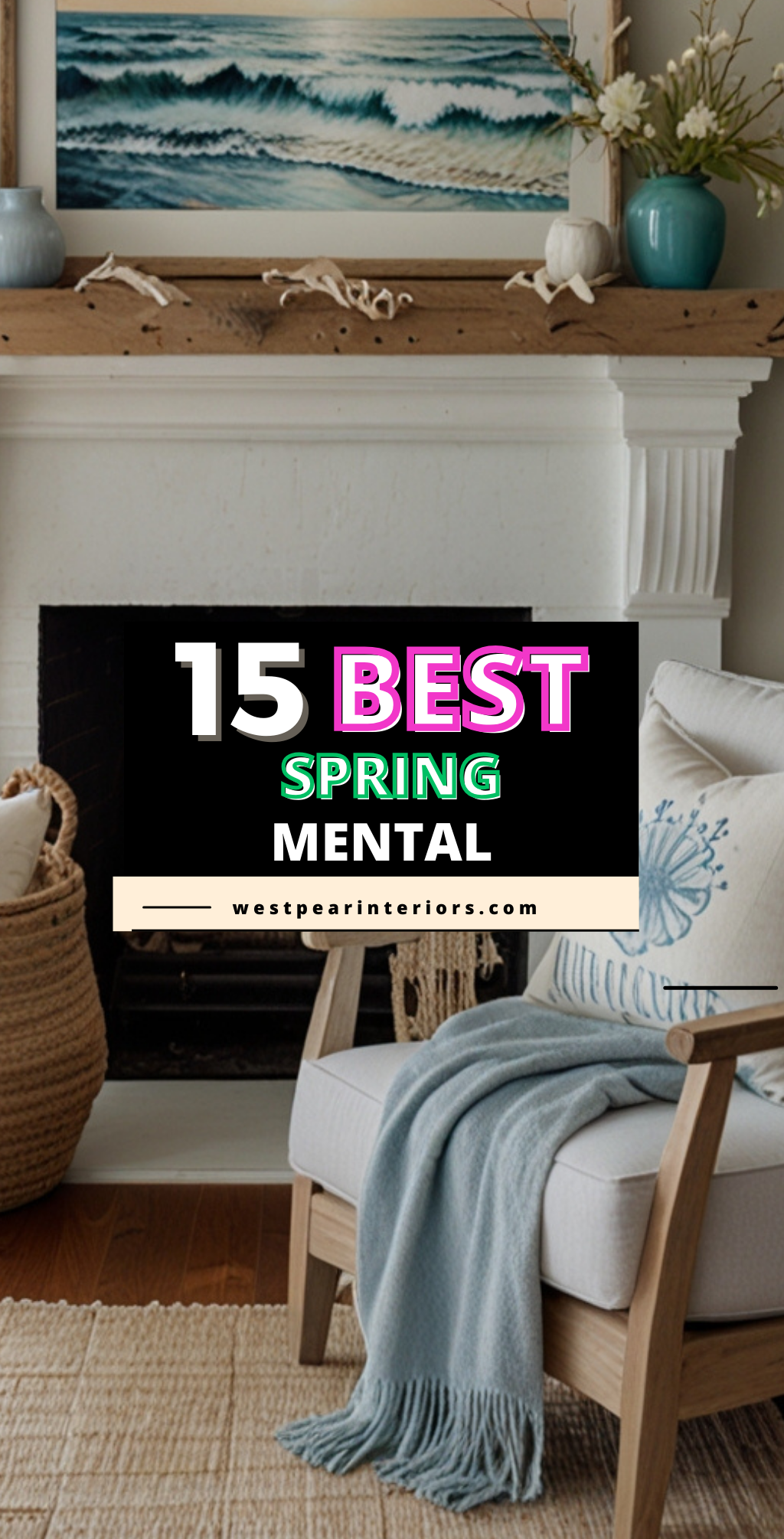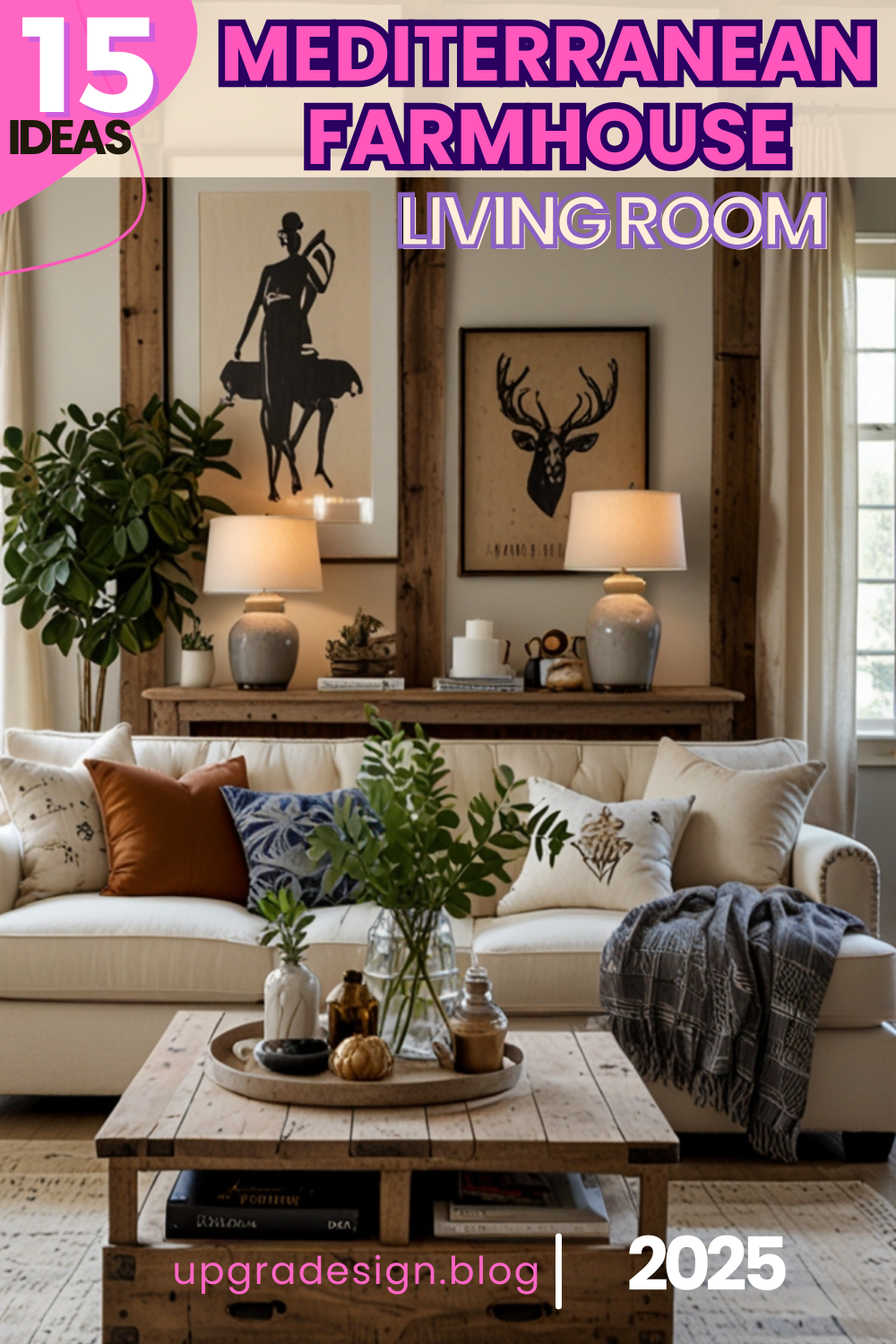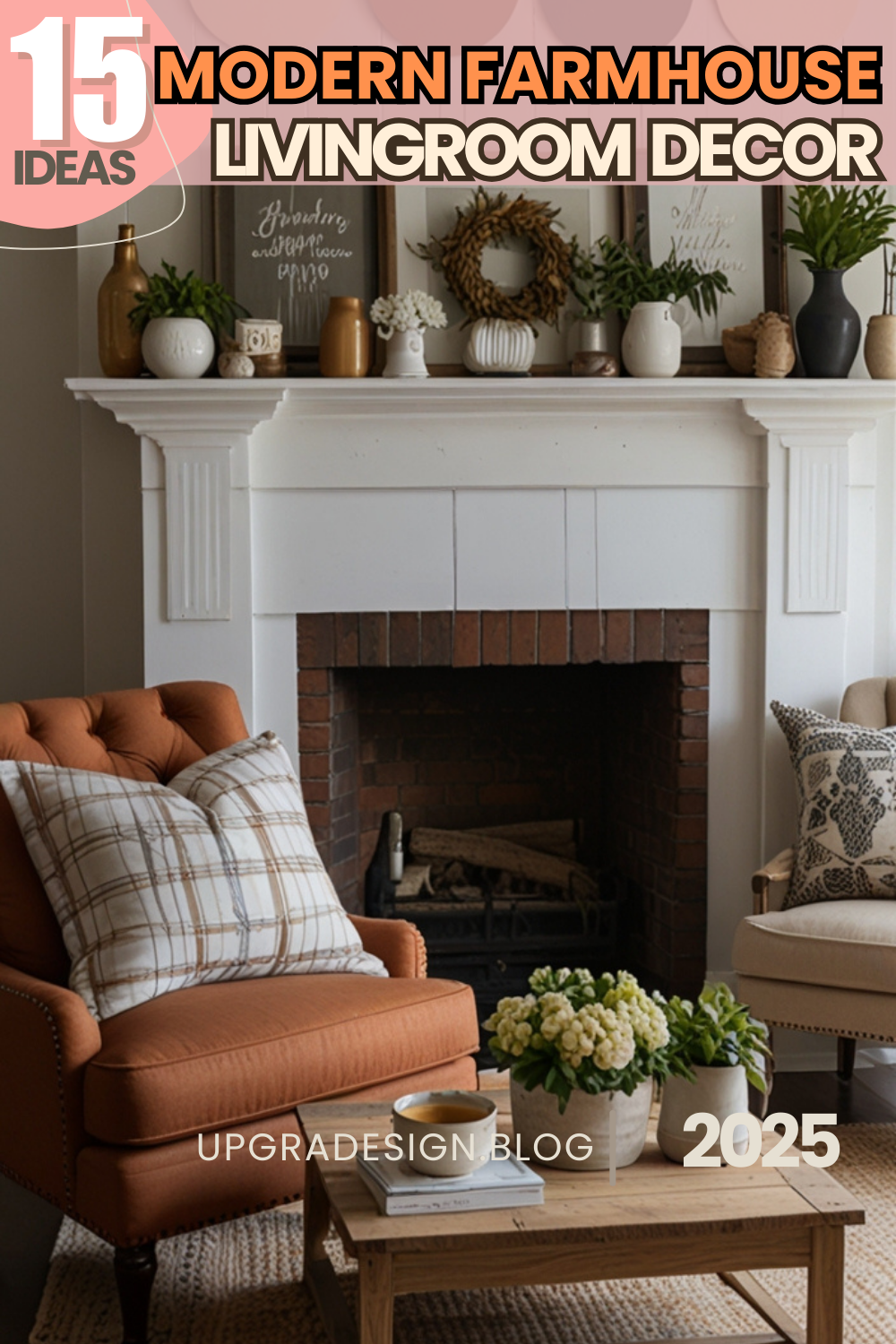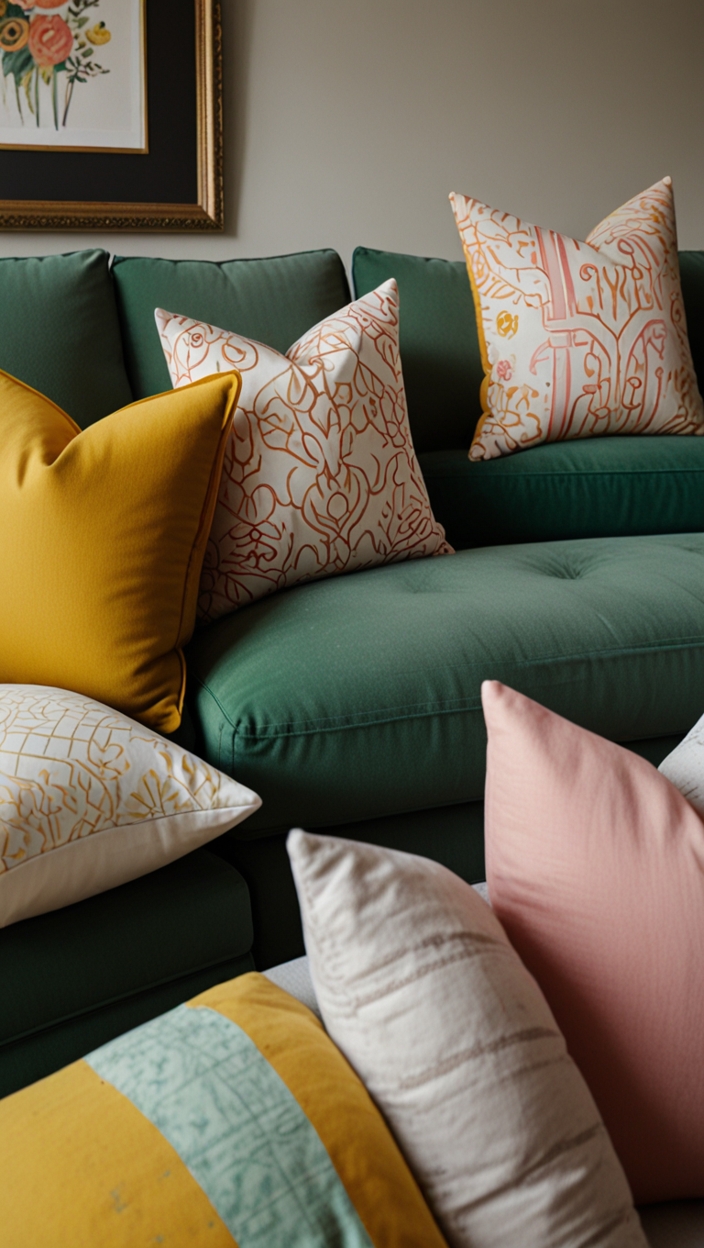Discover creative ways to use rugs for defining distinct living room areas. Elevate your interior design game with these practical tips.
How to Use a Rug to Define Different Living Room Zones?
As part of your daily routine with a pet, using a rug to define different living room zones can be a great way to enhance your home interior design. By strategically placing rugs of different sizes, shapes, or colors, you can create distinct areas for various activities like lounging, eating, or playing with your pet. This not only adds a decorative touch to your space planning but also helps in organizing your living room efficiently.
Be mindful of the rug material and size to ensure easy maintenance and proper fit for the designated zones. Additionally, choose colors that complement your existing decor to create a cohesive look. Remember, proper layout and placement of rugs can significantly impact the overall aesthetic of your living room interior.
How to choose the right size rug for defining different living room zones?
My Lovely Spring Paint for 2025
Ready for a Spring Makeover? Explore the Freshest 2025 Paint Trends!
White Sage/Green SW Pistachio green Soft blue Honeysweet/Orange Pink Sugar Sage Tint BMAs an Amazon Associate, I may earn a commission from qualifying purchases at no extra cost to you.
When selecting a rug to define various living room zones, it is crucial to consider the size of the space and the furniture arrangement. Here are some tips to choose the right size rug:
– **Measure the area:** Take precise measurements of the zones you want to define in your living room. This will help you determine the appropriate size for the rug.
– **Consider the furniture:** Ensure that the rug is large enough to accommodate all the furniture within each zone. The front legs of the furniture should ideally sit on the rug for a cohesive look.
– **Create visual boundaries:** Use rugs to visually separate different zones such as the seating area, dining area, or reading nook. The rug size should be proportional to the zone it is defining.
– **Layering rugs:** In larger living rooms, you can layer multiple rugs to define separate areas while adding texture and dimension to the space.
What is the best way to position a rug to separate different living room areas?
To effectively separate different living room areas using rugs, consider the following positioning tips:
My fAV Spring DECOR for 2025
Discover Spring’s Best 2025 Decor Combinations – Perfect for Any Room!
Oversized Indoor Plants White Curved Sofas Rugs BOH Brown Cream Moroccan Hype Boho Rug Outdoor Patio Furniture Sets Topfinel Pillow CoversAs an Amazon Associate, I may earn a commission from qualifying purchases at no extra cost to you.
– **Define the zones:** Clearly identify the distinct zones in your living room, such as the conversation area, dining area, or workspace.
– **Use rugs as boundaries:** Position rugs strategically to delineate each zone and create a visual separation between different functional areas.
– **Coordinate rug shapes:** Match the shape of the rug with the shape of the zone it is defining. For instance, use a rectangular rug for the dining area and a round rug for the seating area.
– **Anchor the furniture:** Place the rug under the key pieces of furniture in each zone to anchor the space and tie the elements together.
– **Leave space around the rug:** Allow some floor space around the edges of the rug to prevent a cramped look and facilitate easy movement between zones.
Can I use multiple rugs to define various zones in a living room?
Using multiple rugs to define various zones in a living room is a great way to create distinct areas and add visual interest. Here are some benefits of using multiple rugs:
– **Personalization:** Different rugs can add individuality and character to each zone, reflecting your personal style and preferences.
– **Flexibility:** Having multiple rugs allows you to change the layout and configuration of your living room easily by rearranging or replacing the rugs.
– **Layering effects:** Layering rugs can create a cozy and inviting atmosphere, especially in larger living rooms with multiple functional areas.
– **Visual cues:** Different rugs can serve as visual cues to signify transitions between zones and guide the flow of traffic within the space.
What are the benefits of using a rug to define different living room zones?
Using rugs to define different living room zones offers various advantages, including:
– **Definition:** Rugs provide a clear definition of different functional areas within a large or open-concept living room, creating visual boundaries.
– **Coziness:** Rugs add warmth, comfort, and coziness to specific zones, making them more inviting and comfortable for activities like lounging or dining.
– **Aesthetics:** Well-chosen rugs enhance the aesthetics of the living room by introducing colors, patterns, and textures that complement the overall decor.
– **Sound absorption:** Rugs help reduce echo and noise in the room, especially in areas where hard flooring surfaces like hardwood or tile are predominant.
– **Versatility:** Rugs are versatile decor elements that can be easily switched out or repositioned to change the look and feel of different living room zones.
How to ensure rugs do not clash with each other in defining living room zones?
To prevent rugs from clashing with each other when defining living room zones, consider the following tips:
– **Consistent style:** Choose rugs that have a cohesive style, color palette, or pattern to ensure a harmonious look throughout the different zones.
– **Coordinate sizes:** Opt for rugs in varying sizes but maintain a sense of proportion and balance between them to avoid a chaotic or cluttered appearance.
– **Create transitions:** Use rugs with complementary colors or patterns to create smooth transitions between zones, especially in open-concept living rooms.
– **Mix textures:** Experiment with rugs of different textures to add depth and visual interest while preventing clashes between materials.
– **Consider rug placement:** Position rugs in a way that allows them to complement each other visually while still serving their intended purpose in defining separate zones.
What are the risks of not properly positioning rugs to define living room zones?
Failure to position rugs correctly when defining living room zones can lead to several drawbacks, including:
– **Visual clutter:** Improperly placed rugs can create visual clutter and confusion, making the space look chaotic and disorganized.
– **Lack of definition:** Without clear rug placement, the different living room areas may lack definition and purpose, leading to a lackluster and undefined layout.
– **Tripping hazards:** Rugs that are not positioned securely or have uneven edges pose a tripping hazard, especially in high-traffic areas or spaces with children or elderly individuals.
– **Inconsistent style:** Misaligned rugs can result in an inconsistent style or design scheme, disrupting the overall cohesiveness and flow of the living room.
– **Spatial imbalance:** Improper rug positioning can throw off the balance and proportion of the room, making it feel awkward or disproportionate.
How can I maintain the cleanliness of rugs used for defining living room zones?
To keep rugs clean and well-maintained when used for defining living room zones, follow these maintenance tips:
– **Regular vacuuming:** Vacuum rugs at least once a week to remove dirt, debris, and dust that accumulate over time.
– **Spot cleaning:** Attend to spills and stains promptly by blotting them with a clean cloth and using a gentle carpet cleaner or vinegar solution to spot clean.
– **Professional cleaning:** Schedule professional rug cleaning services annually or bi-annually to deep clean and refresh the rugs.
– **Rotate rugs:** Rotate the rugs periodically to ensure even wear and prevent fading or discoloration in high-traffic areas.
– **Use rug pads:** Place rug pads under the rugs to provide cushioning, prevent slipping, and protect the flooring underneath.
Key Takeaways
– Properly measuring and choosing the right size rug is essential for defining living room zones effectively.
– Strategic positioning of rugs helps in creating visual boundaries and separating different functional areas.
– Using multiple rugs can add personality, flexibility, and versatility to the living room design.
– Harmony in style, size, placement, and maintenance is key to avoiding clashes and ensuring a well-defined space with rugs.
– Regular maintenance such as vacuuming, spot cleaning, rotation, and professional cleaning is vital for keeping rugs clean and prolonging their lifespan.

